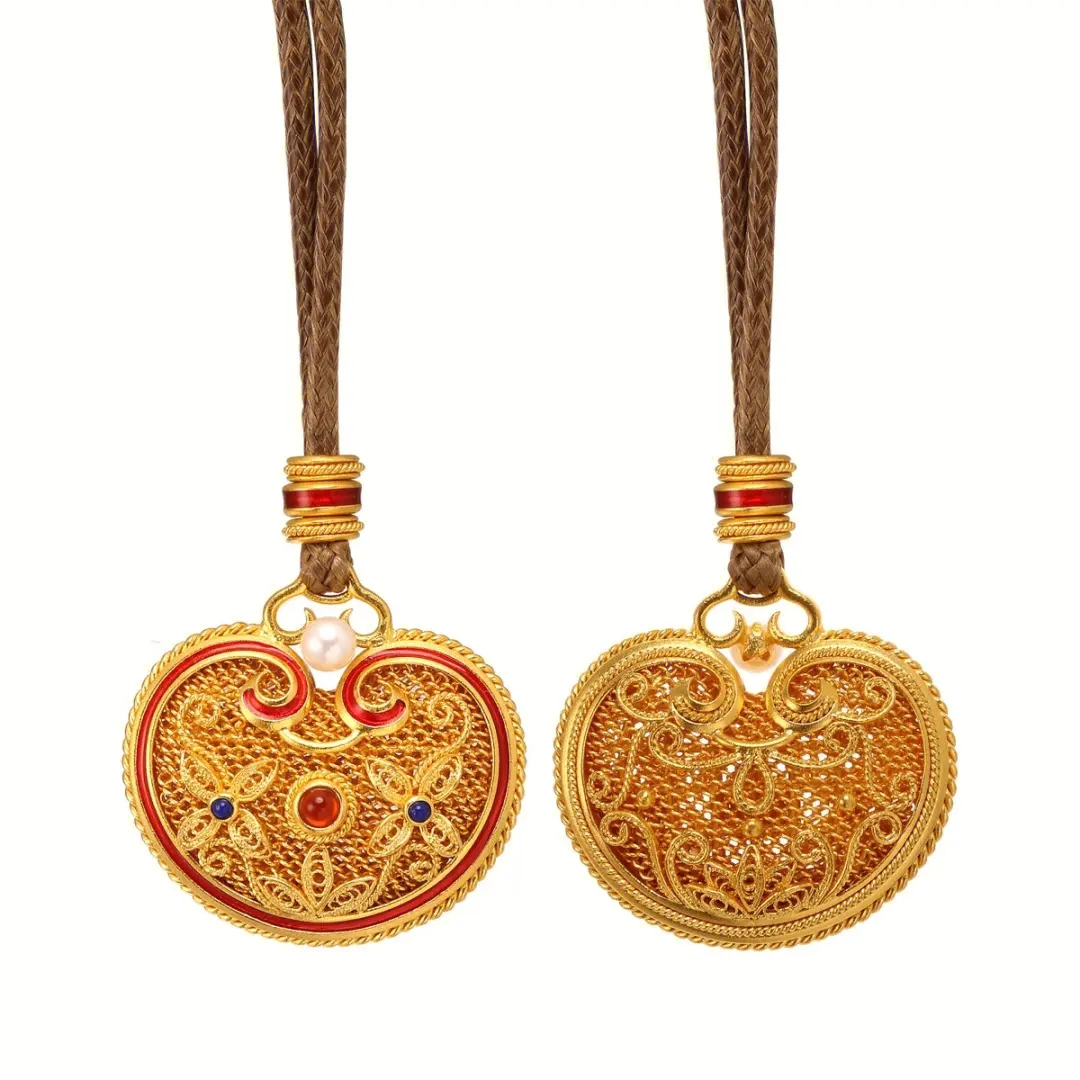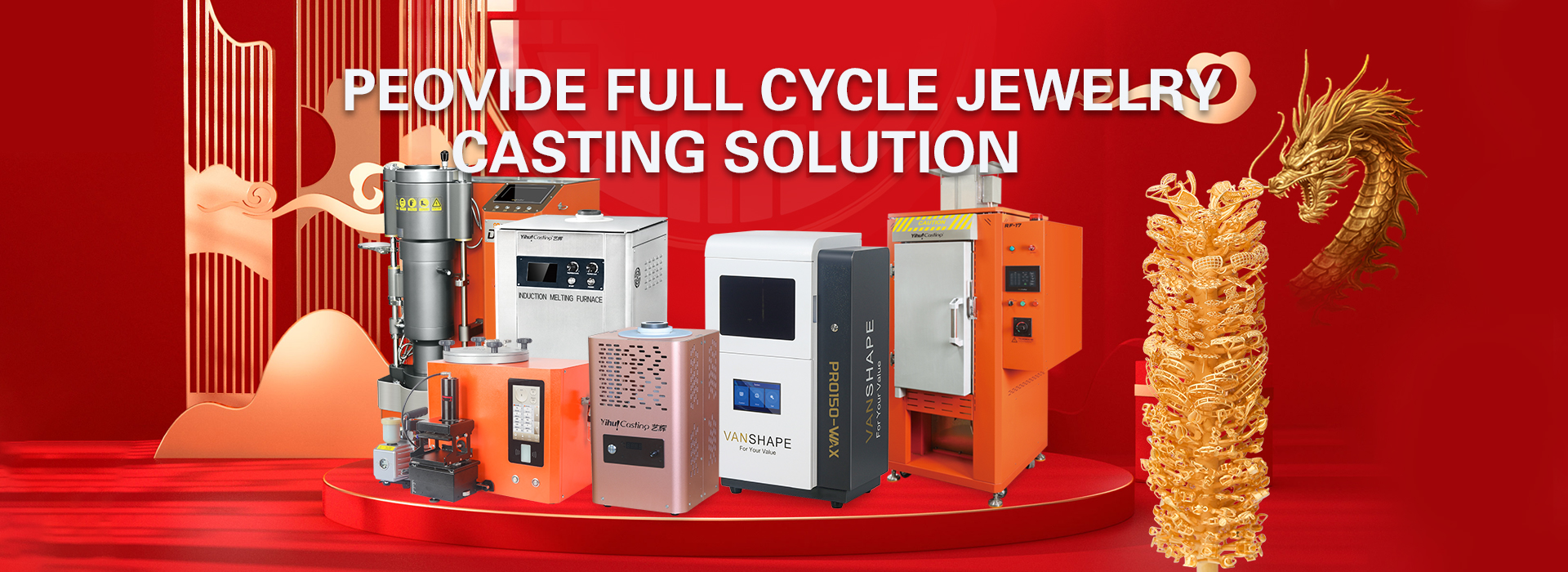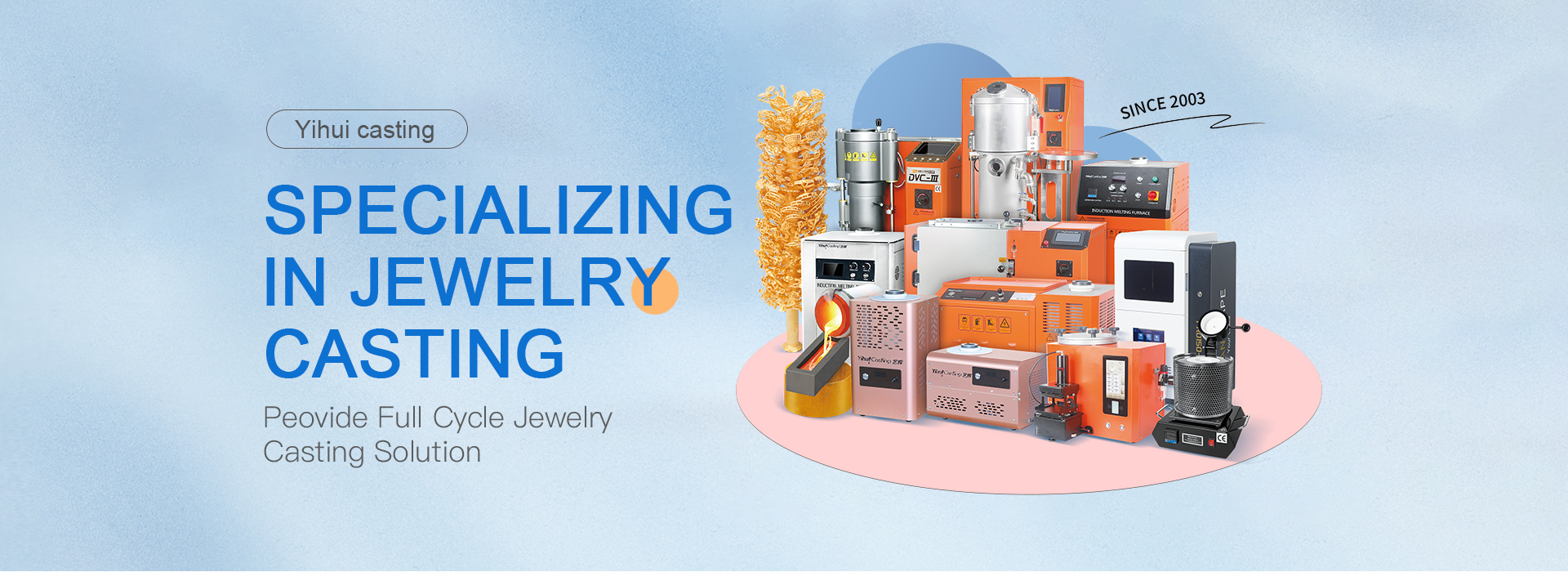Alluvial gold, K gold, ancient method, 3D, 5G... What is the difference between these?
The price of gold is gradually soaring, but friends don’t know much about the various new and novel names. Good gold has played a "bad" role in various business names! Nowadays, there are not many gold jewelry sold in Lunke, and the craftsmanship is endless. It is becoming more and more beautiful, but its weight is getting lighter. Today, Yihui Casting has sorted out the common names of gold craftsmanship on the market to clear up your confusion.
1. Alluvial gold
Real alluvial gold refers to an alloy that is directly smelted from unrefined raw ore with a gold content of about 75%. The so-called alluvial gold now generally refers to "Vietnamese alluvial gold", and it does not contain any gold! To put it simply, it uses technical means to make various metal materials have a luster and texture similar to gold. So friends who are buying must pay attention.

2. Gold
Pure gold, thousands of pure gold, ten thousand pure gold. They are all gold, representing gold purity of 99%, 99.9%, and 99.99% respectively. In fact, in fact, there is no such standard in the national standard of ten thousand pure gold. The purity of most gold sold is only required to be above 99%.

3. foreign gold
It refers to the 22K gold (gold content 91.6%) that was popular along the coast in the early days of liberation. It has a higher hardness and a yellower color. It has gradually withdrawn from the stage of history. However, due to its moderate hardness and simple craftsmanship, it has recently become a retro trend.

4.K gold
From ancient times to the present, people have pursued beauty. However, gold is too soft and is easily deformed and damaged. People usually add a small amount of other metals to gold to increase its hardness and toughness before it can be processed with complex processes. This type is called K gold. According to its gold content, it is divided into 9k, 14k, and 18K gold, and their contents are respectively: 37.5%, 58.3%, and 75%.
The common colors of K gold are also determined by the ratio of other metal contents. Pay attention to the jewelry markings: AU + gold content.

5. 3D hard gold
Compared with gold, 3D hard gold has a larger volume difference of the same weight.
The weight of 3D hard gold jewelry of the same size is only 30% of ordinary pure gold. It is lighter and more comfortable to wear. It is not as bulky as ordinary gold. It has high hardness, roughly four times that of ordinary gold, and its style is more exquisite. The meticulousness makes the jewelry perfect in 3D space and makes the jewelry more three-dimensional.

6. Ancient Fajin
Ancient gold is gold made using the ancient gold casting process of the national intangible cultural heritage. Gold jewelry is carefully crafted by hand with the help of traditional processing techniques such as casting, forging, carving, and polishing. In terms of detail decoration, ancient gold uses many techniques such as gold chiseling and engraving to give gold jewelry a richer layering. In terms of design, ancient gold draws on many traditional cultural elements, which can make the shape of gold jewelry fuller and more primitive.

7. 5G gold
It is the fifth generation of gold products, using pure gold as raw material. The texture of traditional yellow full decoration is soft, while the texture of hard gold products is not in place. 5G Huangquan jewelry breaks through the limitations mentioned above. It has the advantages of high wear resistance, strong initial resistance, high hardness, light weight, and sufficient texture. It is similar to the hardness of hard gold and is more than twice that of traditional Huangquan. However, the most direct manifestation of the "subversion" of the process is Huangquan. The price increases, so the 5G gold industry is more expensive than other industries.
1G: Purity. That is, pure gold purity of 99.9% or above.
2G: Hardness. That is, 4 times the hardness of pure gold using traditional craftsmanship.
3G: Weight. That is half the weight of ordinary pure gold.
4G: Brightness. That's a shiny color that never fades.
5G: Style. That is, fashion trends and peak appearance.

8. 5D hard gold
In fact, it is an upgraded version of 3D hard gold. The production process uses 5D technology and it also becomes 5D cyanide-free technology. The method of making 5D hard gold is to put the corresponding mold on the hanging cage, and then put the hanging cage into the bucket. Then a layer of gold is plated on the surface of the mold through electroforming, and finally the inner mold is removed to form a hollow 5D hard gold. Compared with 3D hard gold, it has obvious advantages. It is lighter, harder, brighter, more wear-resistant, and more environmentally friendly. It also gives gold higher wear resistance and reduces the weight of gold by 30%.













